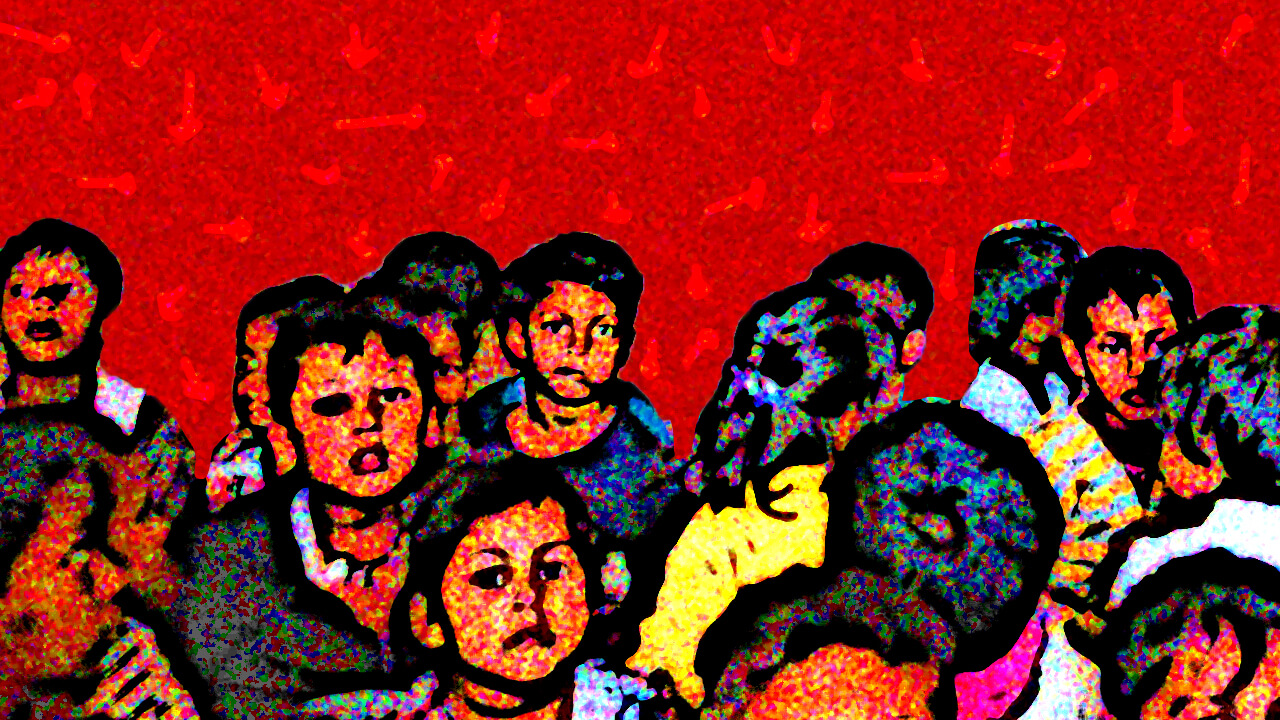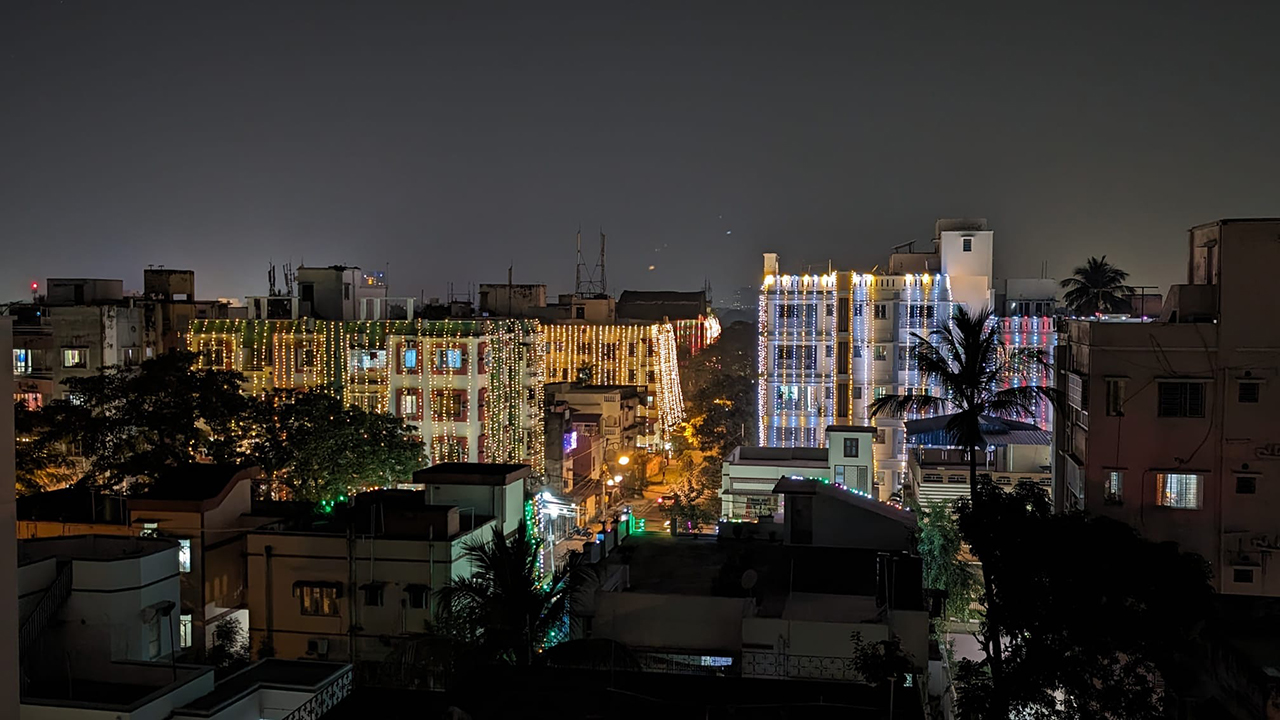If you live in a city, chances are the entire city is never fully dark outside. We have lit up our urban dwellings so much, we are drowning under light pollution. In fact, almost 80% of the world’s population lives with what conservationists call ‘lit skies’. This kills birds.
At the 13th Convention on Migratory Species in Ahmedabad, in 2020, it was recognised that “artificial light is an emerging issue for the conservation of wildlife, astronomy and human health and it adversely affects many species and ecological communities by disrupting critical behaviours in wildlife, stalling the recovery of threatened species and interfering with a migratory species’ ability to undertake long distance migrations integral to its life cycle”.
Birds are often unable to migrate when confronted with light pollution, because they get disoriented, fall prey to predators and travel the wrong way, among other things. This should worry us, because India offers important pathways for migrating birds.
Why don’t we lead the world to darken the skies? India needs lucid norms to cut down night lighting. From new commercial building norms in our expanding urban landscape, to dramatic flood lights, all these must be moderated. During migration across various months, lit skies should be negligible. India is a cradle of biodiversity. Some of our species are migrants. Our adage Atithi Devo Bhavo should apply to our avian visitors too, who travel for hundreds of miles to come seeking refuge from brutal cold. Let’s welcome them not with light but with an enlightened darkness.
(First published in the Hindustan Times on Oct 10, 2022)
Bharati Chaturvedi
I help fin-tech digital product teams to create amazing experiences by crafting top-level UI/UX.
Similar

admin
October 15, 2003Composting of Wet Waste
Training waste workers and households in composting to divert wet waste from landfills and abate methane emissions.

admin
April 16, 2004Waste Rules in India
Read More

admin
September 16, 2004The Poison Within – How Environmental Contamination is Impacting Our Children ’s Future
How environmental contamination is impacting our children’s future

